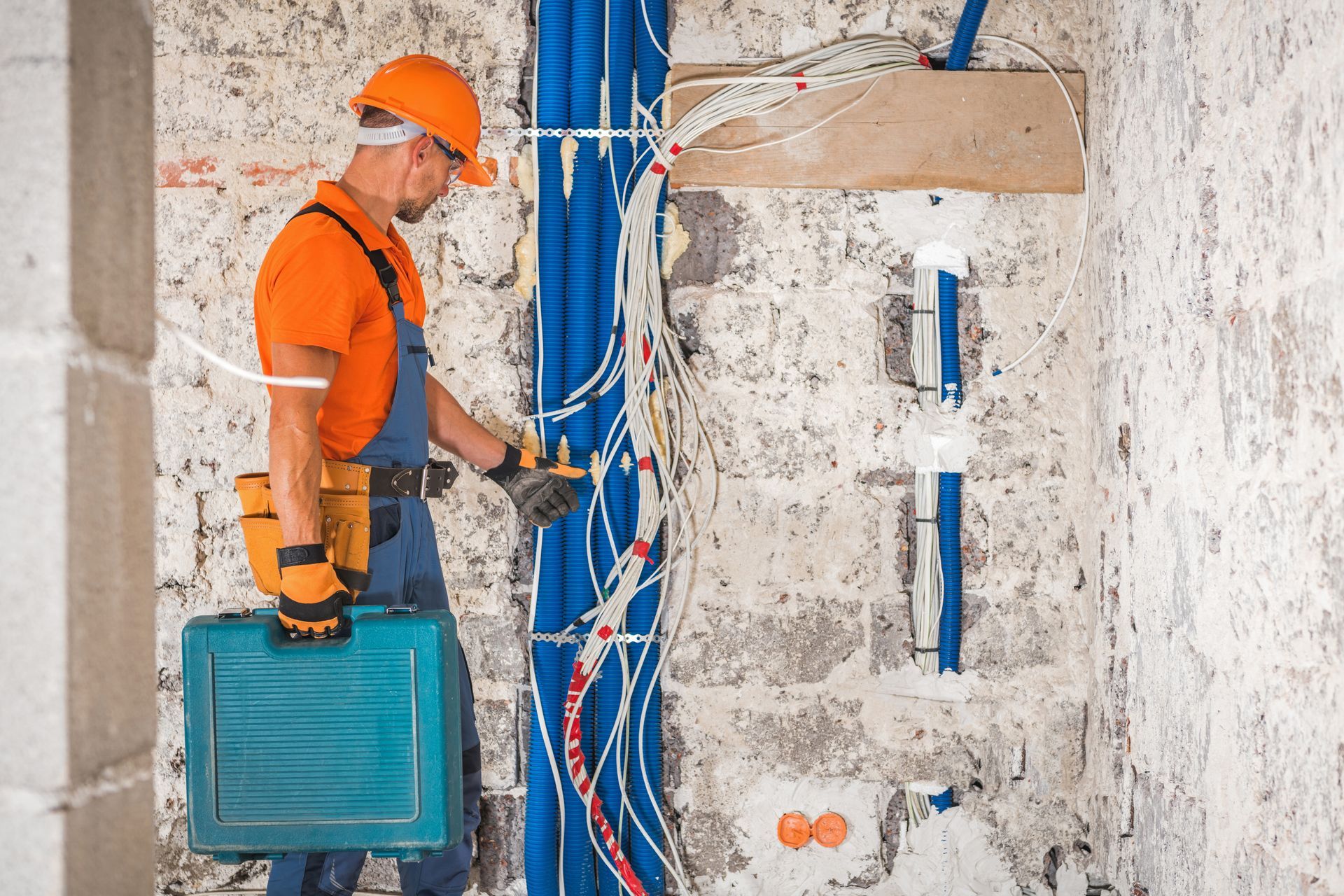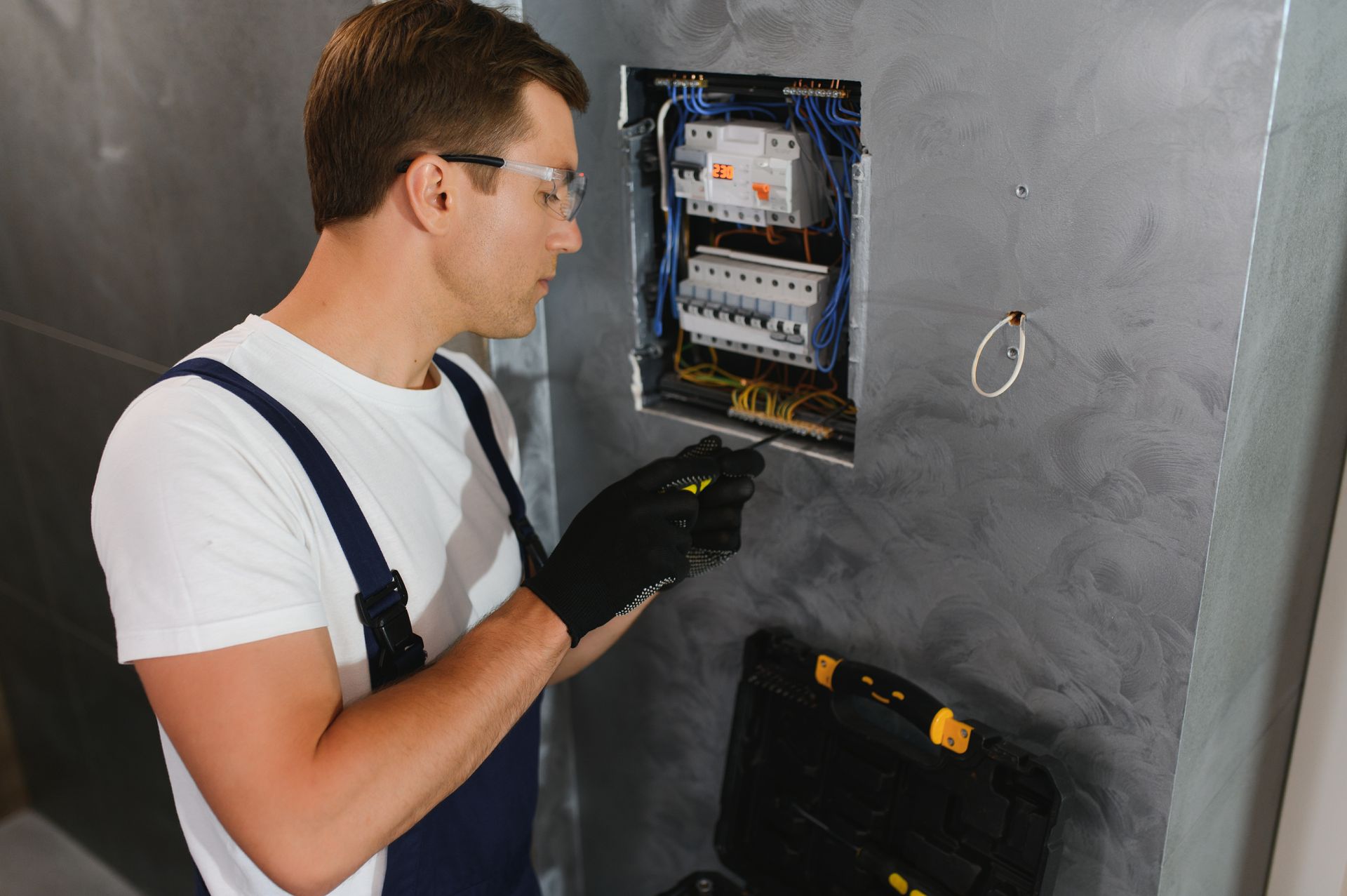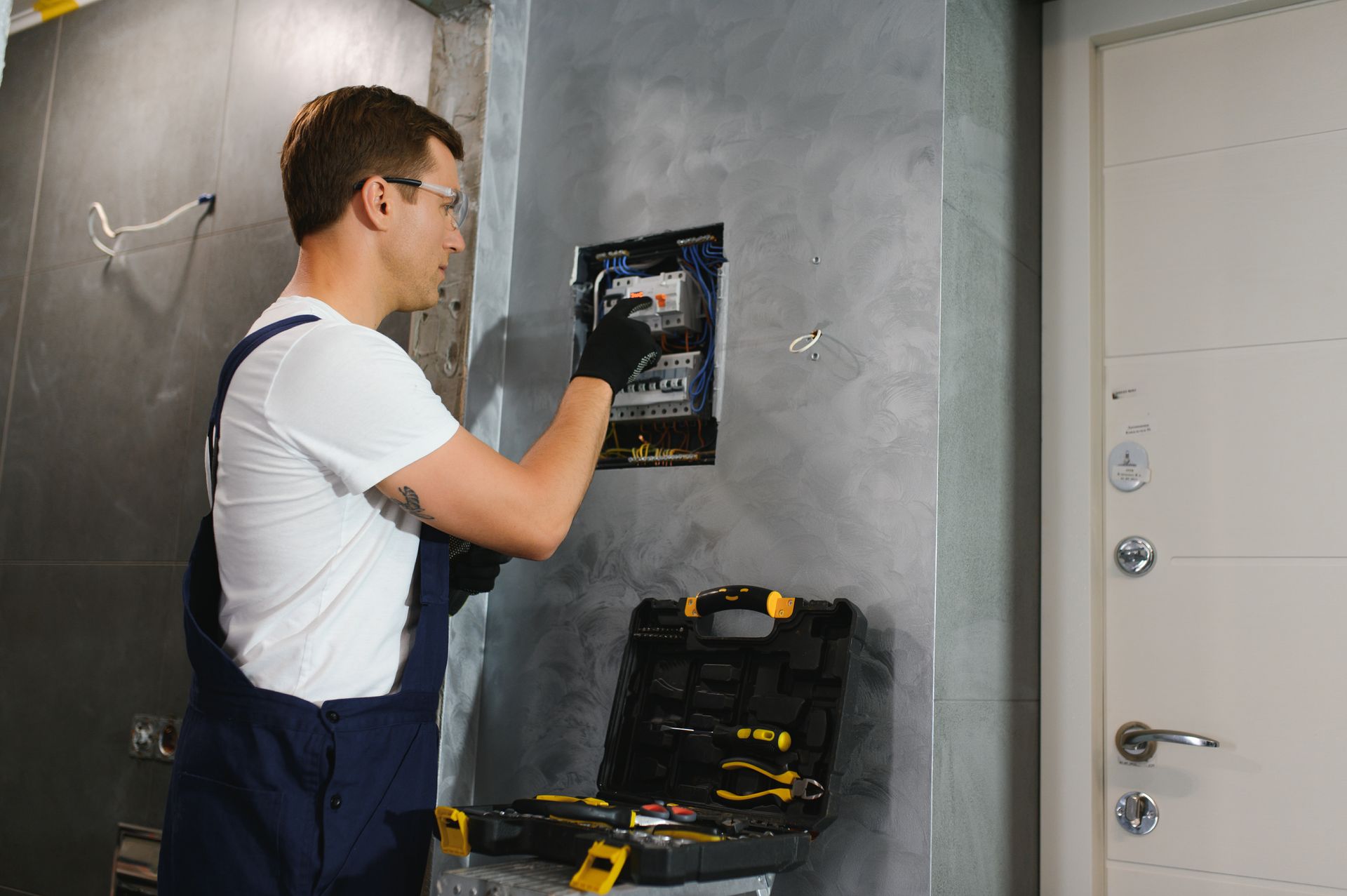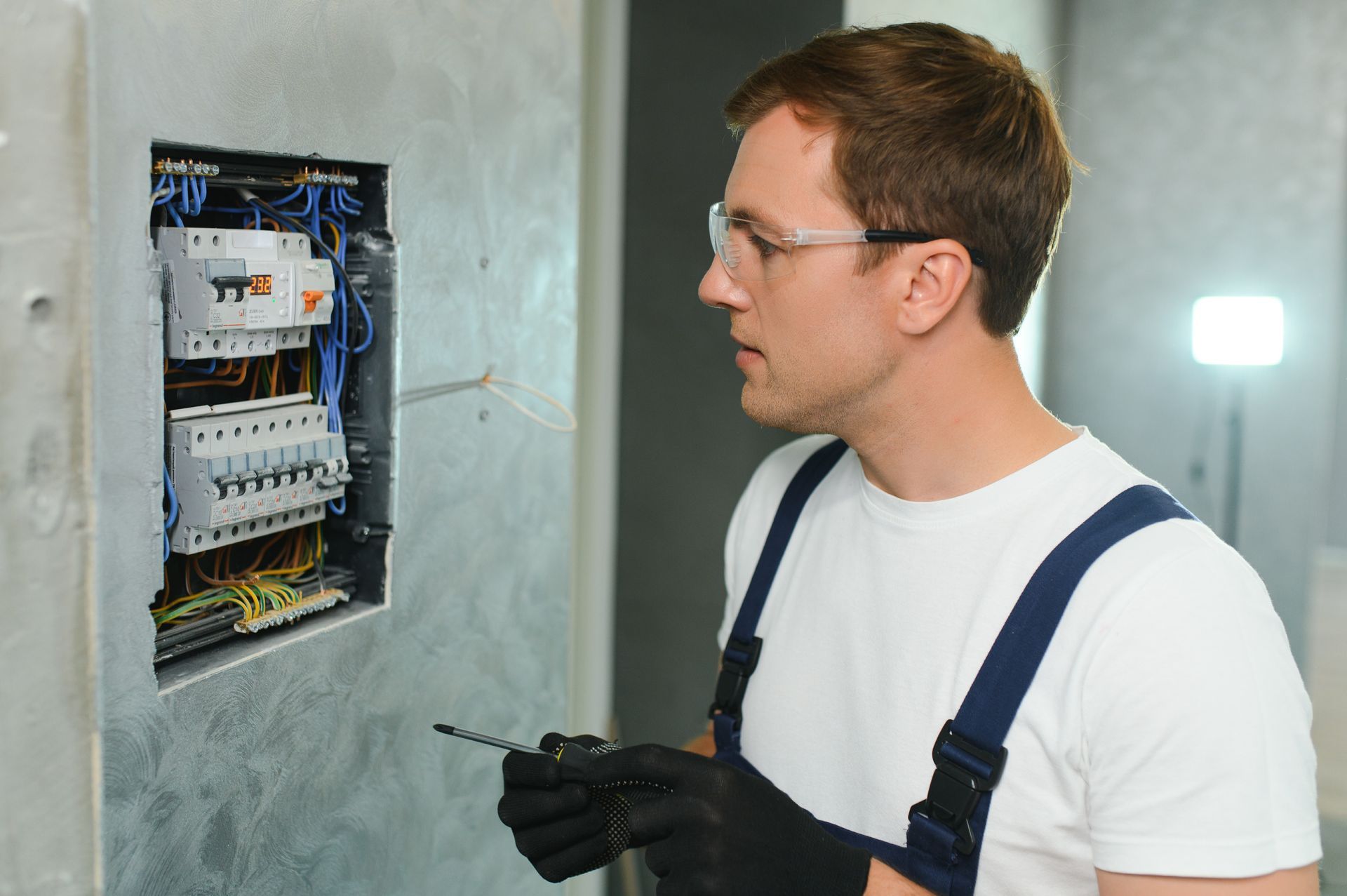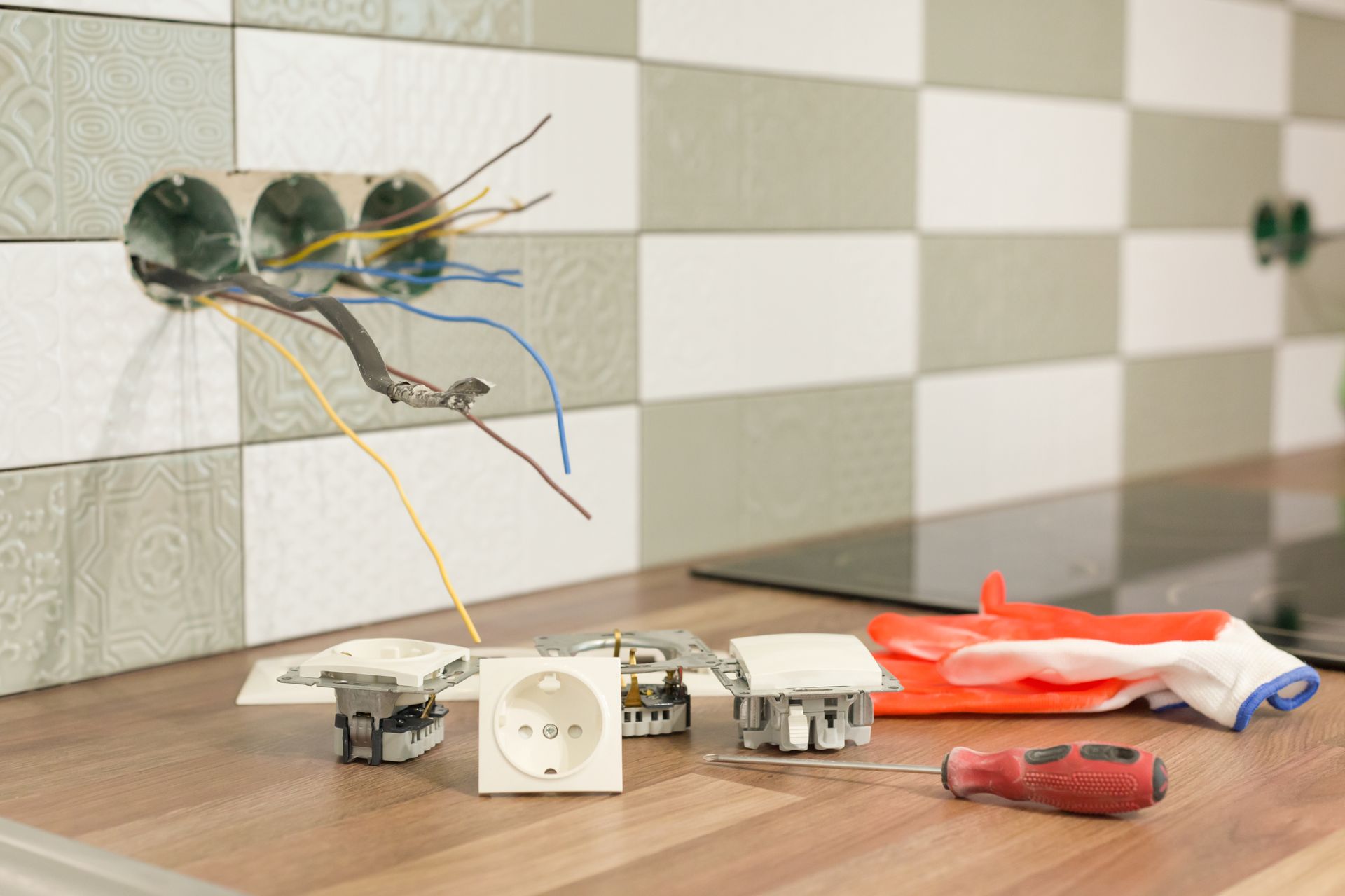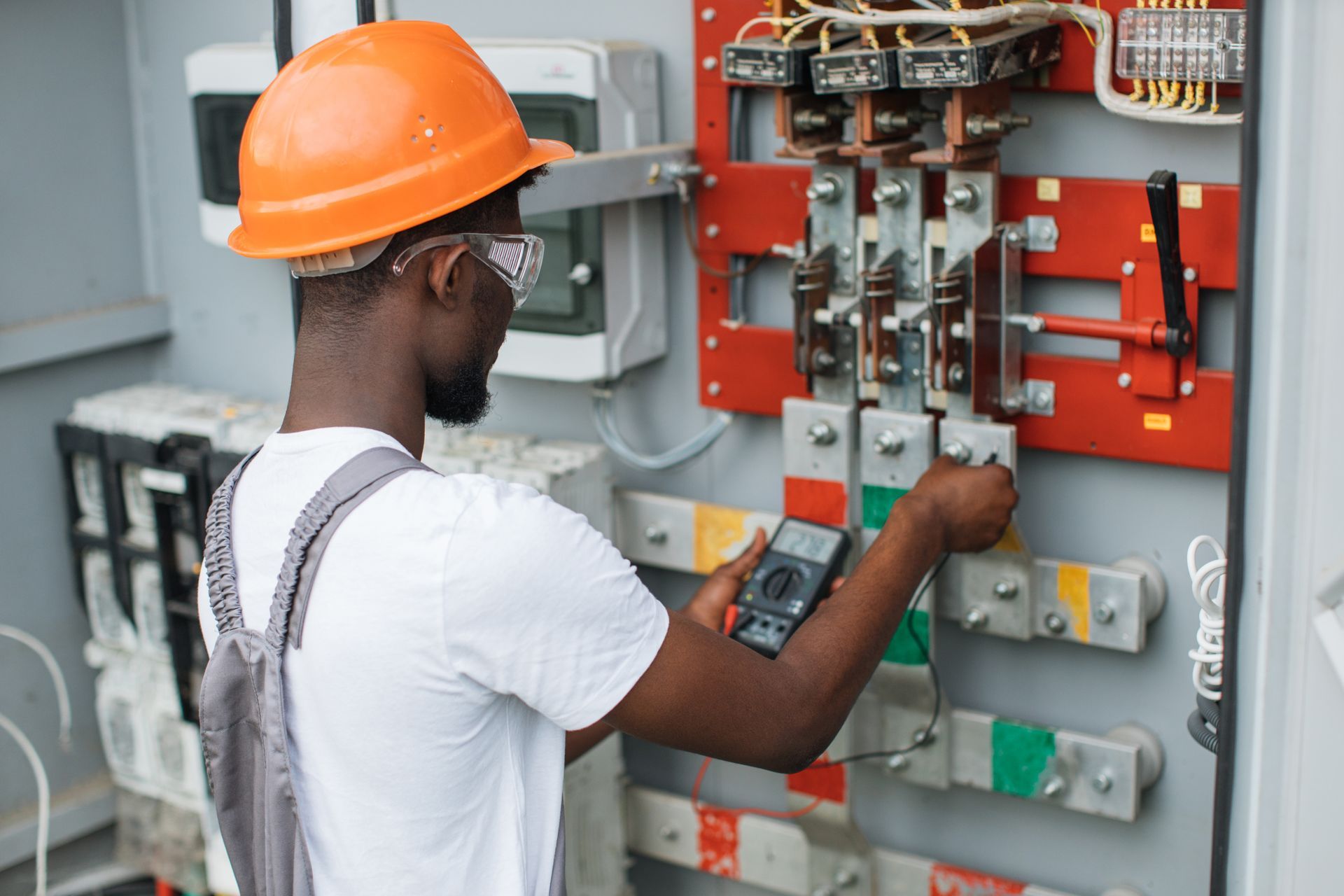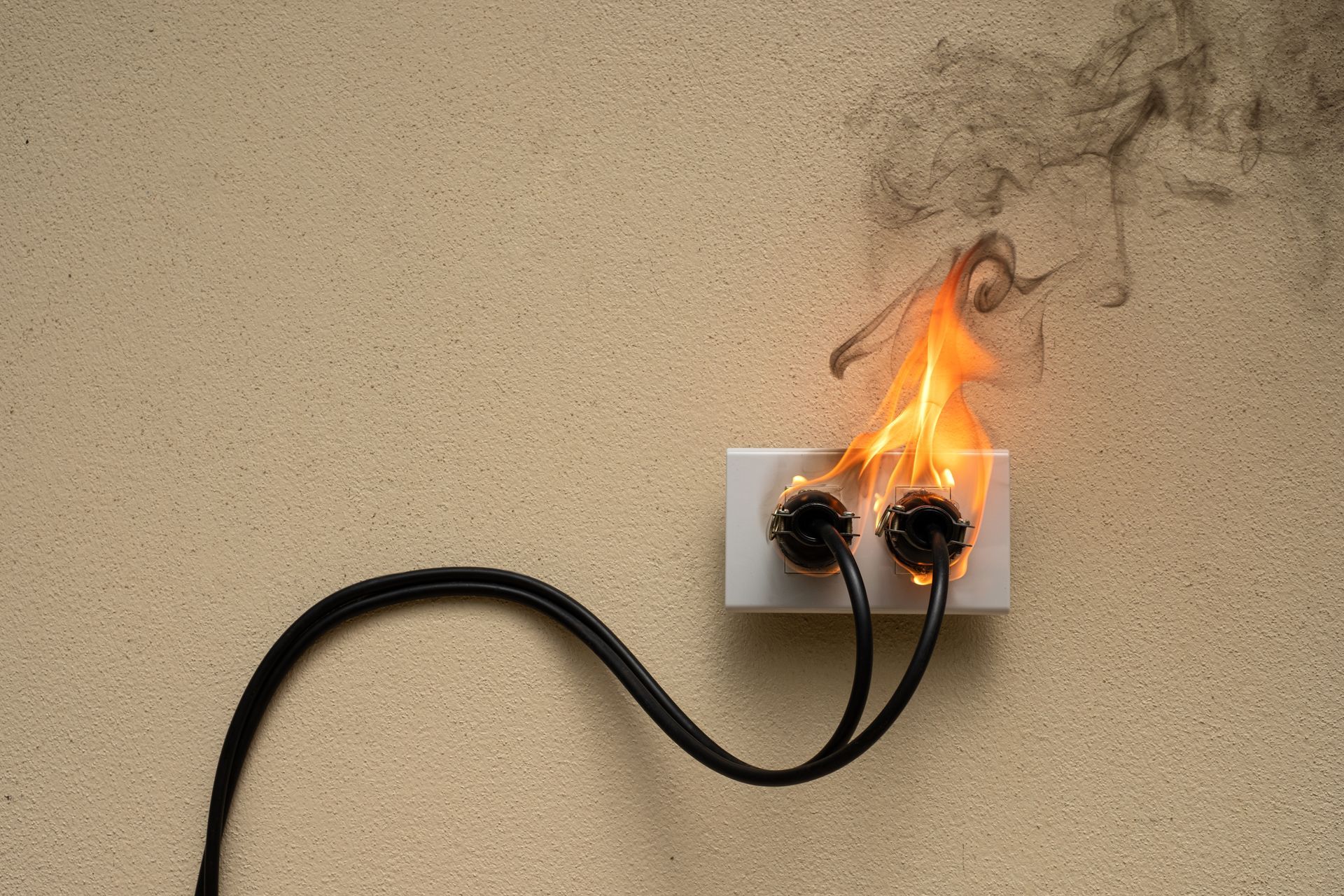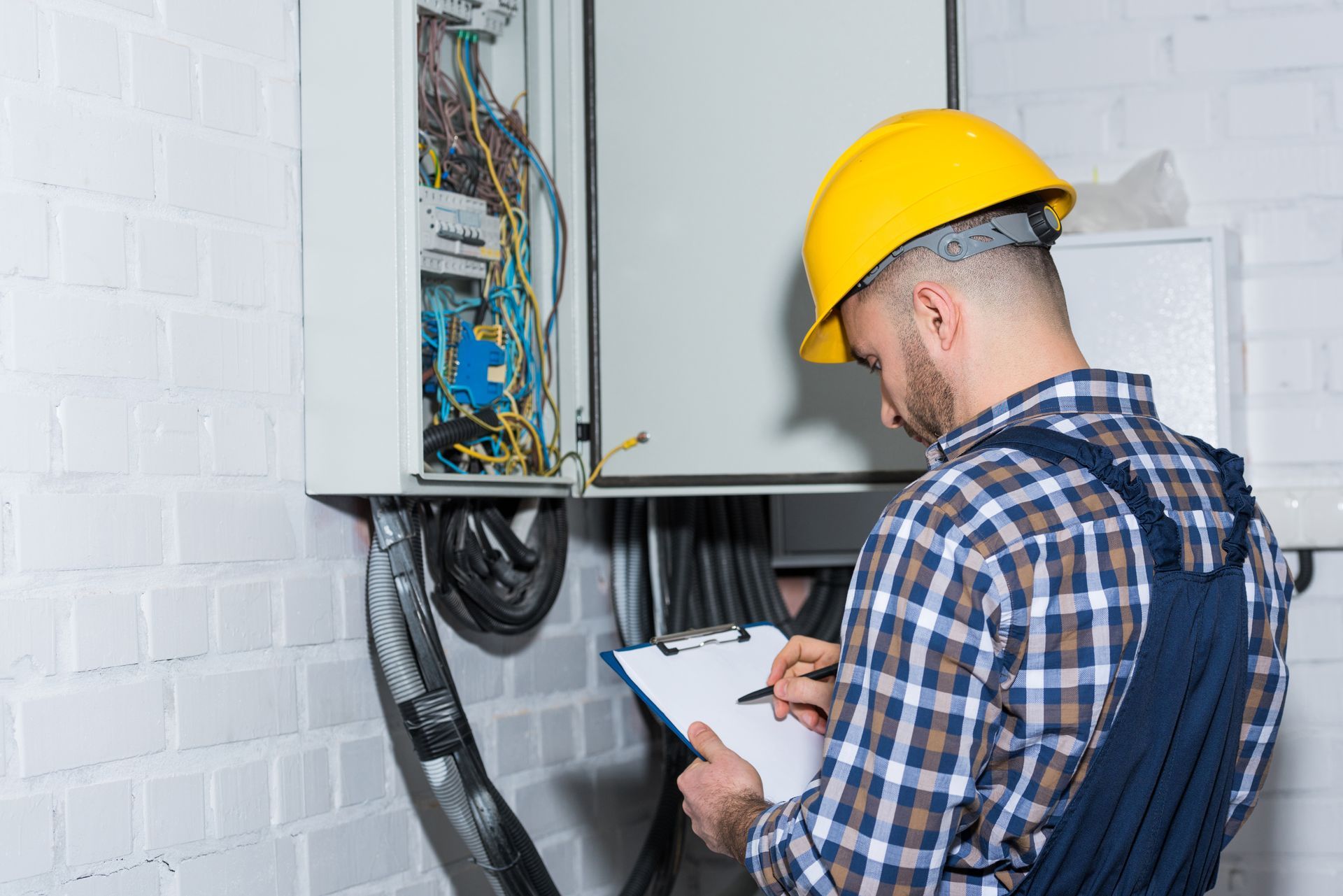Common Electrical Hazards in Workplaces and How to Prevent Them
Common Electrical Hazards in Workplaces and How to Prevent Them
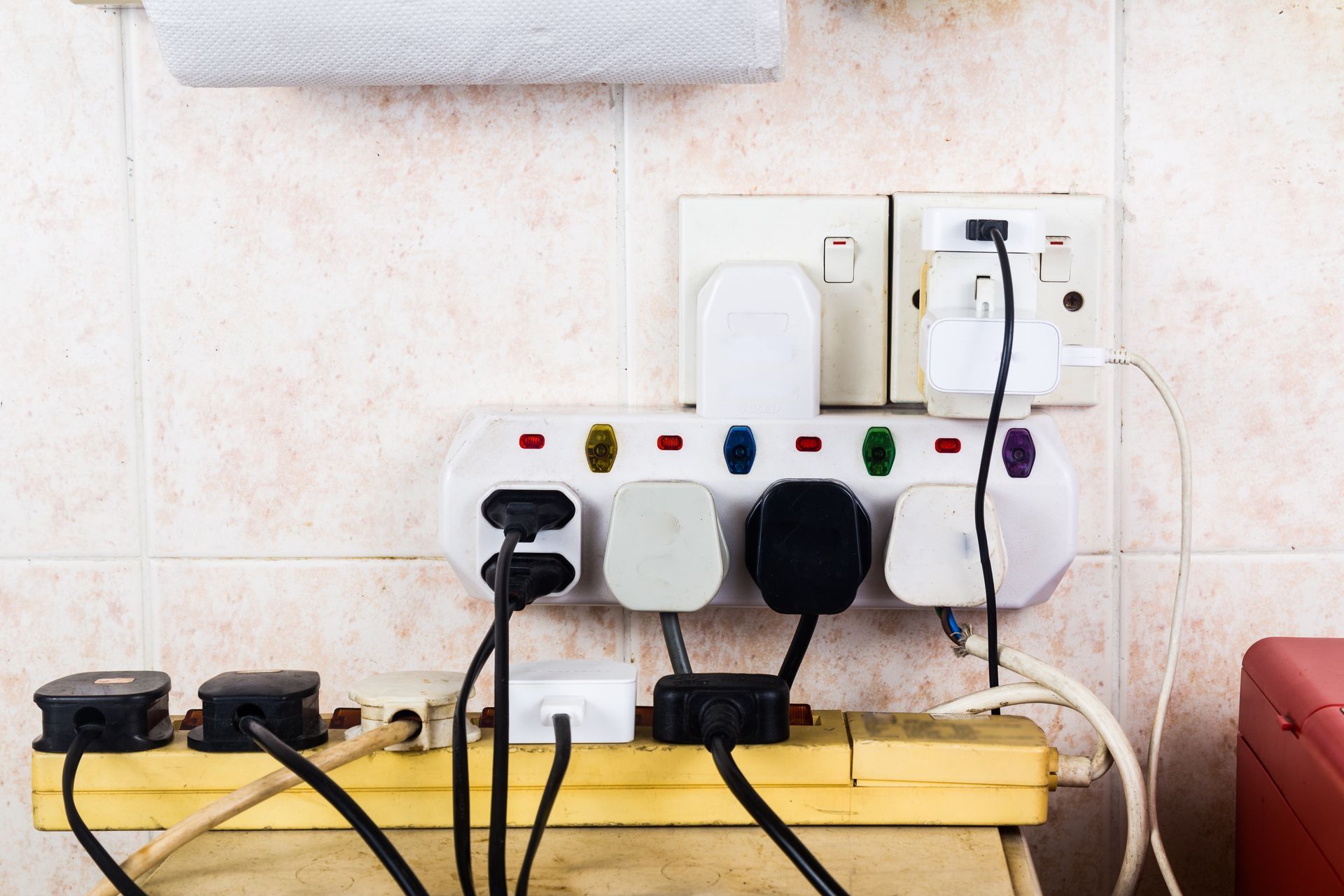
Electrical hazards in the workplace are a serious concern, often leading to accidents, injuries, and even fatalities. It is crucial to be aware of the common risks associated with electrical systems and to implement safety measures to protect employees and the business. Below, we outline the most common electrical hazards in workplaces and offer tips on how to prevent them.
1. Faulty Wiring and Equipment
Faulty or damaged wiring is one of the primary electrical hazards in any workplace. Over time, wear and tear on electrical systems can cause wires to fray or become loose, increasing the risk of electrical fires or shocks.
Prevention Tip: Regularly inspect wiring and equipment for signs of wear, such as frayed wires or unusual heat. Ensure that only qualified personnel handle electrical repairs and installations.
2. Overloaded Circuits
Overloading circuits by plugging in too many devices can cause overheating and increase the risk of electrical fires. This is especially common in offices with multiple devices such as computers, printers, and lighting all running from the same outlets.
Prevention Tip: Distribute electrical load evenly across different circuits and avoid using too many extension cords. Use circuit mapping to identify overloaded areas and adjust accordingly.
3. Wet Conditions
Water and electricity are a dangerous combination. In workplaces such as kitchens, bathrooms, and outdoor areas, the presence of moisture can lead to electrical shocks or short circuits if not managed properly.
Prevention Tip: Keep all electrical equipment and outlets away from areas with water. Install Ground Fault Circuit Interrupters (GFCIs) to cut off power if a device comes into contact with water.
4. Improper Use of Electrical Equipment
Using electrical equipment incorrectly, such as plugging in devices not rated for the voltage or using damaged equipment, can lead to electrical shocks or equipment failure.
Prevention Tip: Ensure that employees are trained on the correct use of electrical equipment and that equipment is properly maintained and checked before use.
5. Exposed Live Wires
Exposed live wires pose an immediate risk of electrocution. This hazard is often found during renovations or in older buildings where wiring is not properly insulated.
Prevention Tip: Keep all live wires properly insulated and enclosed. During renovations, ensure that workers follow proper safety protocols when dealing with exposed wiring.
6. Inadequate Grounding
Inadequate or faulty grounding is a significant electrical hazard. Grounding provides a safe path for electrical currents in case of a short circuit. If grounding is not done properly, it can result in electrical shocks or fires.
Prevention Tip: Have a professional electrician inspect the grounding system of your workplace and ensure it meets safety standards.
7. Electrical Overhead Lines
In industrial settings or construction sites, electrical overhead lines pose a severe risk. Workers may inadvertently come into contact with these high-voltage lines, leading to electrocution.
Prevention Tip: Clearly mark areas with overhead power lines and enforce a safe working distance. Provide workers with proper safety gear and training for working near electrical lines.
8. Inadequate Personal Protective Equipment (PPE)
In workplaces where employees handle electrical repairs or maintenance, failing to wear the proper PPE, such as insulated gloves and boots, can result in electrical injuries.
Prevention Tip: Ensure that employees have access to the appropriate PPE and enforce strict safety protocols when working with electrical systems.
9. Defective Circuit Breakers
Circuit breakers are designed to protect electrical circuits from damage caused by overloads or short circuits. However, defective or malfunctioning breakers may fail to trip when needed, putting the workplace at risk of electrical fires or damage.
Prevention Tip: Have circuit breakers inspected and tested regularly by a qualified professional to ensure they are functioning correctly.
10. Lack of Maintenance and Inspections
Failing to perform regular electrical inspections and maintenance is a common issue in many workplaces. Without consistent monitoring, small issues can quickly escalate into major electrical hazards.
Prevention Tip: Schedule routine inspections by licensed electricians to identify and resolve potential electrical hazards before they become dangerous.
Conclusion
Electrical hazards in the workplace are preventable with the right safety protocols and proactive maintenance. By addressing common risks such as faulty wiring, overloaded circuits, and improper equipment use, businesses can create a safer work environment for their employees. Regular inspections, training, and the use of protective equipment are key to reducing the risk of electrical accidents.
Investing in safety measures today can save lives and protect your business from costly disruptions.


